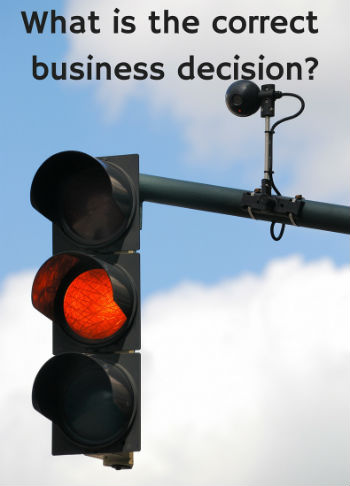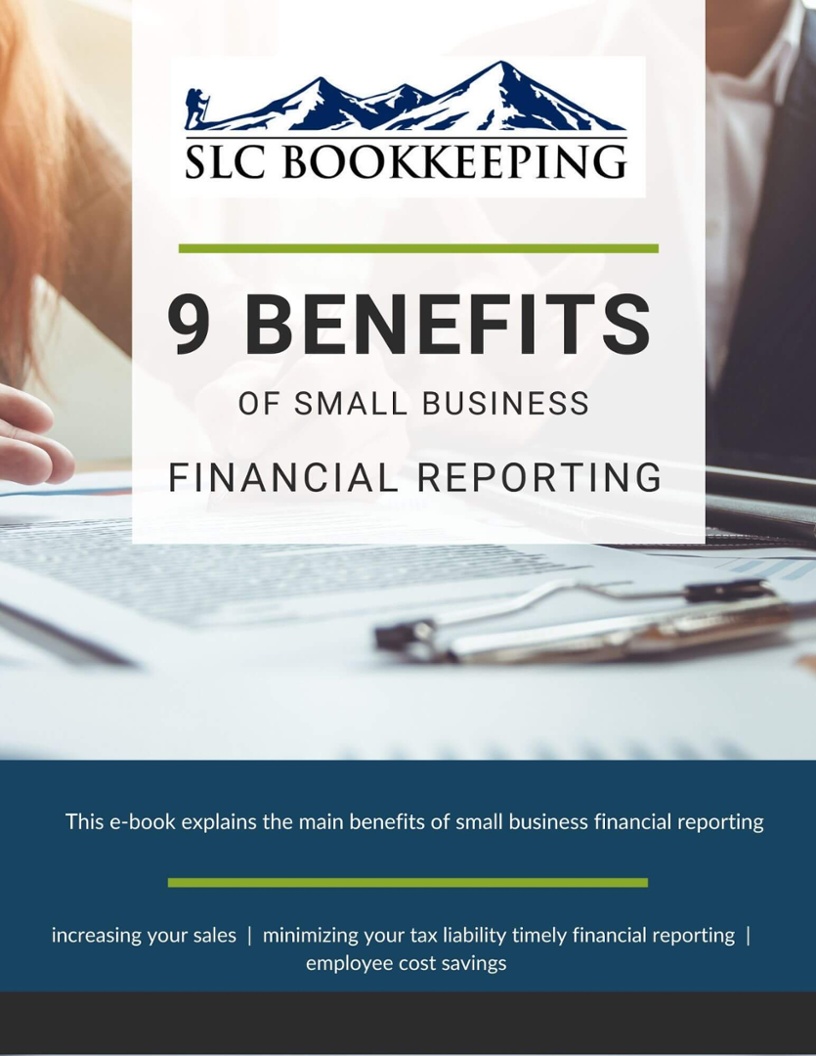Is Your Business's Financial Forecast Red, Yellow, Or Green?
 Moving your business where you want to go is a lot like driving a car; it can be easy at times and absolutely crazy in other situations. Growing up on the east coast, I'm naturally an excellent driver (at least in my own head). When navigating along the road in your car, you face similar situations as when you are moving your business in the direction you want to go. Getting where you want to go depends upon how you deal with the constantly changing environment and it requires making good decisions.
Moving your business where you want to go is a lot like driving a car; it can be easy at times and absolutely crazy in other situations. Growing up on the east coast, I'm naturally an excellent driver (at least in my own head). When navigating along the road in your car, you face similar situations as when you are moving your business in the direction you want to go. Getting where you want to go depends upon how you deal with the constantly changing environment and it requires making good decisions.
Dealing With Different Drivers And Conditions
If you asked me to describe my driving, I would say I'm aggressive, but conservative when I need to be. Driving fast when necessary does not scare me, but I'm capable of driving calmly, if needed. I adjust my driving habits based on my external environment, i.e., other drivers, road conditions, and the weather.
This is very similar to the way we choose to run our business. We obviously want to be aggressive and take advantage of opportunities, but also cautious when there is a potential threat. Your business environment fluctuates with the market, the economy, competition, and industry disruptions. How you react to these various changes and drive your business forward can be the difference between success and complete failure.
Red Light: Stop Or Take A Right?
While driving, in most circumstances when you come to a red light, you have two options: stop or take a right on red.
You have similar options in your business. When you are faced with a situation that causes a complete halt to your business, you have two options: stop completely or pivot. Those crucial business pivots can either put you back on track or knock you completely out of business.
Let me give you an example of a red light pivot in the business world. Last year about this time, we got so busy that I had to completely shut down marketing and sales; it killed me. However, our work environment got so crazy that if I didn't make this key decision, everyone would have suffered. Employees would have been overworked and customers would have been under-serviced. If I had allowed the business to move forward without making a change, it could have been detrimental to our business.
This situation was the equivalent of a double red light. I know you have all been there: when you are sitting at a red light, it turns green, and then it turns red before you can get through. It's frustrating as hell and you would rather be anywhere else.
Yellow Light: Speed Up Or Slow Down?
A yellow light on the road means caution; you can either speed up to get through it or slow down and stop. Now I will admit to something fairly embarrassing right now: to me, yellow means accelerate. When I'm driving and see a green light, my eyes instinctively look over to the pedestrian light so I can see the countdown of how much time I have left before it turns yellow.
In your business, you face situations that cause you to proceed with caution as well. Your quick assessment of the situation allows you to hopefully make the correct decision: speed up and go through or slow down and stop.
When inexperienced owners face circumstances that cause alarm, their knee jerk reaction is often to slow way down by slashing expenses. The problem is that, in times of uncertainty, the correct move is not necessarily to cut expenses. Sometimes you need to focus on increasing sales to get through tough times and that may mean increasing expenses.
Green Light: Speed Up But Not Too Fast
On the road, green means "Go," but it doesn't necessarily mean go as fast as you can. Even though green means "Go," things can still get in your way, like a dog, a pedestrian, or maybe another vehicle running a red light.
In business, when you get a "green light" on a good opportunity, you instinctively move as quickly as you can. I totally understand that mentality as you want to take advantage of any good opportunity and beat your competition to the space. Certainly you want to move quickly; I'm just saying, don't automatically go as fast as you can.
Properly taking advantage of an opportunity takes three things: timing, planning, and execution. Oftentimes, an overeager business owner skips over the planning phase and goes right to execution. The problem is that a lack of planning typically leads to poor execution and the loss of an opportunity.
Succeeding in business is all about executing properly. It is hard to execute on a plan if you can't see where you are going financially.
Wouldn't it be nice to look at your business financial forecast and see red, yellow, or green?
Photo Credit: Canva


Comments